Dante Lauretta • Sep 12, 2014
OSIRIS-REx Spacecraft Passes First Major Qualification Test
This article originally appeared on Dante Lauretta's blog and is reposted here with his permission.
The development of the OSIRIS-REx spacecraft continues to make great progress. When I last reported on the status of the vehicle, we were preparing to deliver the structure to Lockheed Martin’s Structures Test Lab to undergo static load testing. I am happy to report that the Static Test is complete! The last load case was performed in mid August. The Static Test fixture has been disassembled and the core structure sub-assemblies have been delivered to the high bay where they await the arrival of the rest of the spacecraft components.
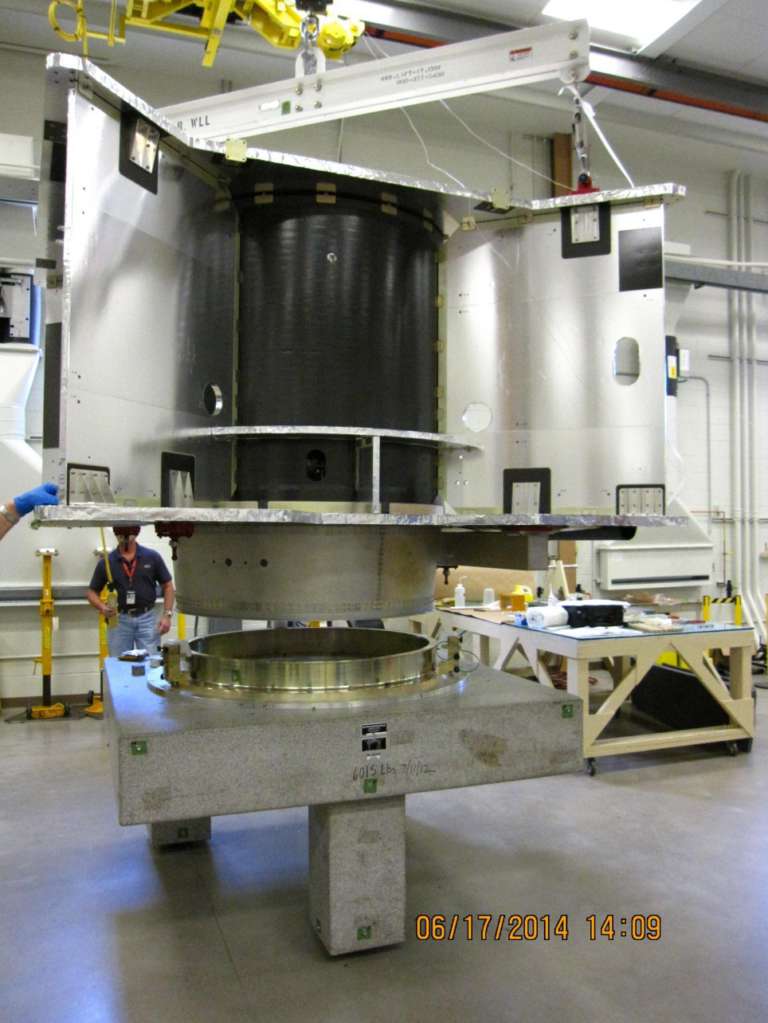
One of the key aspects of spacecraft development is known as the Ground Support Equipment. This category includes all the hardware and software necessary to verify that the Flight System meets all technical requirements. It spans a wide range of components including test and control instrumentation, software, ground handling and lift fixtures, special tooling, special test equipment, and shipping containers that are required to manufacture, integrate, test, calibrate, ship, and prepare the Flight System for launch.
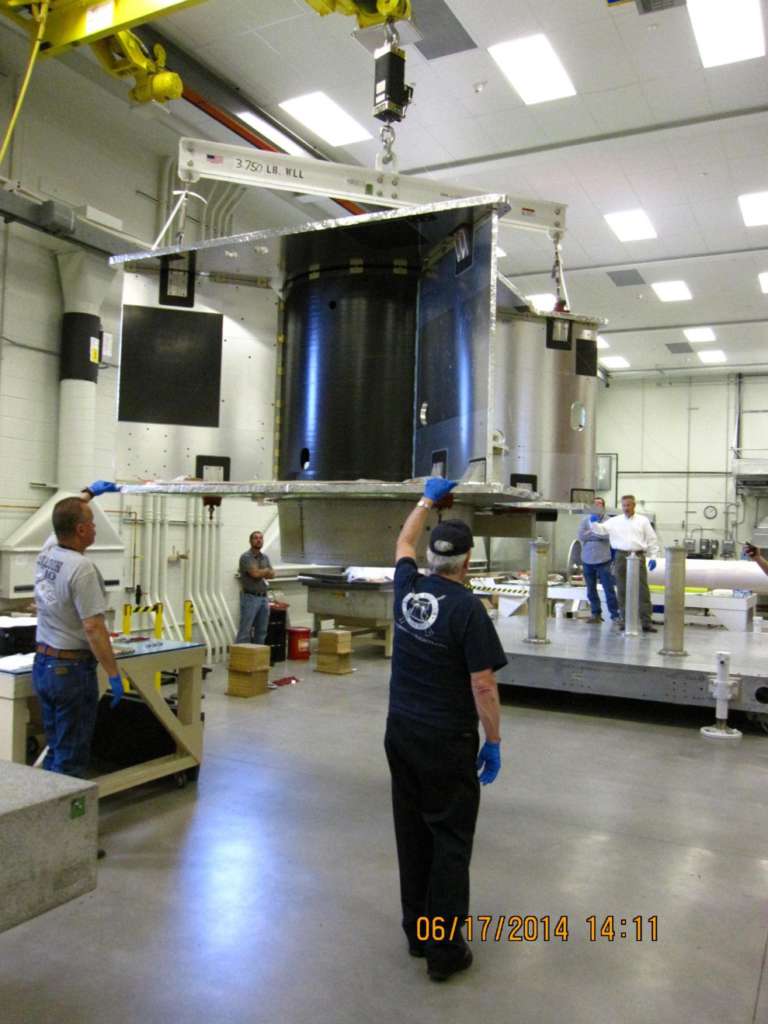
Over the course of spacecraft assembly, test, and launch operations (ATLO), we will have to move the spacecraft between various facilities on the Lockheed Martin campus. Ultimately, we will have to ship it down to Cape Canaveral, where it will meet up with the Atlas V rocket that will launch us into space. Each time we transport the spacecraft, there is a risk of damage. To prevent this from happening, we make sure that all equipment is functioning properly, prior to using it to handle the spacecraft.
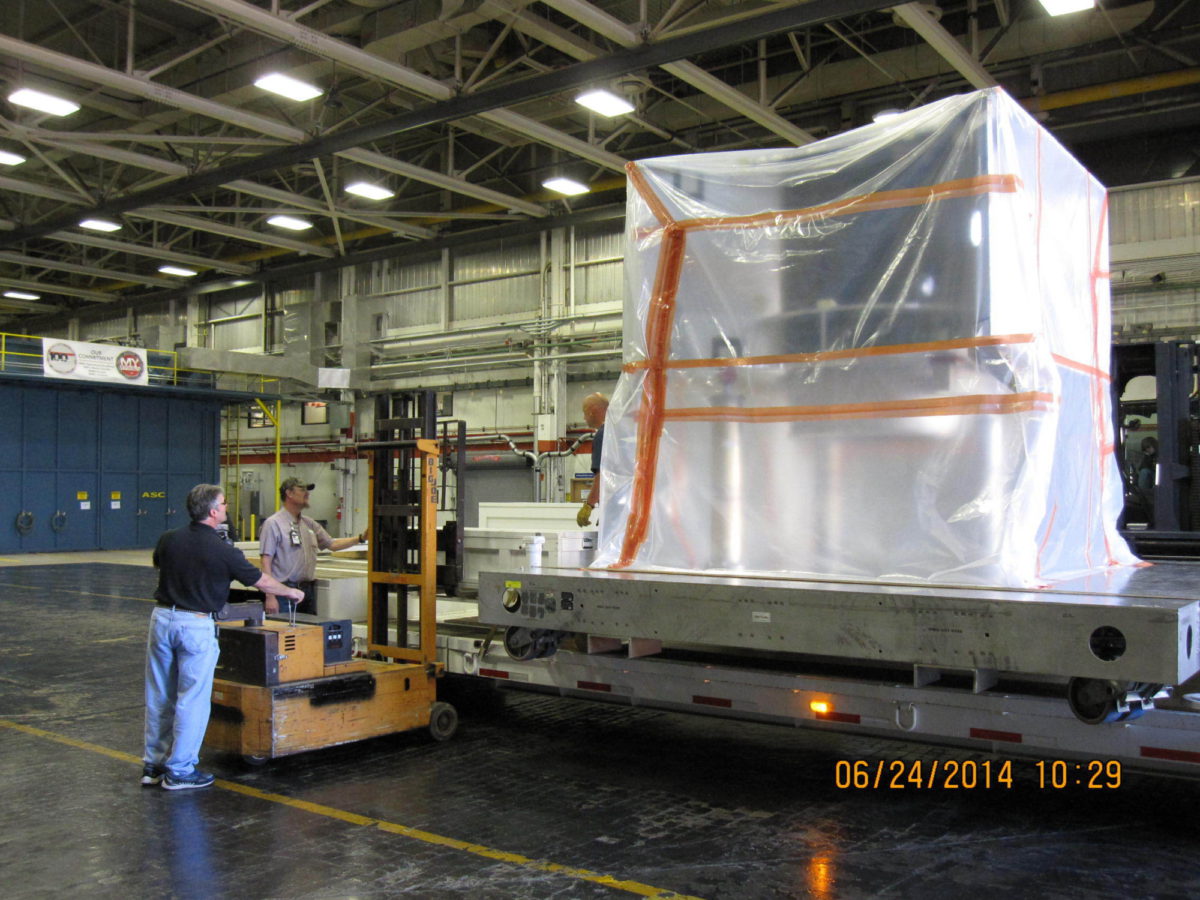
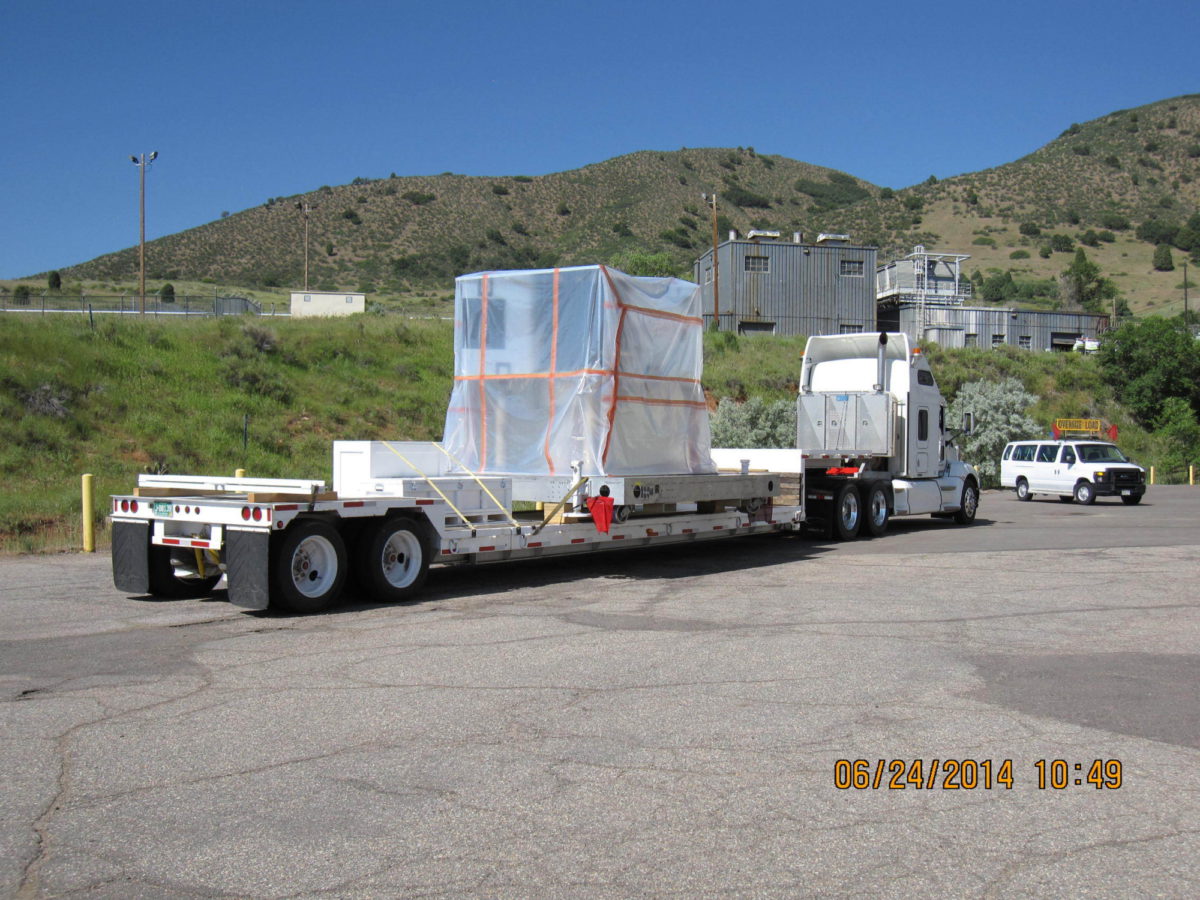
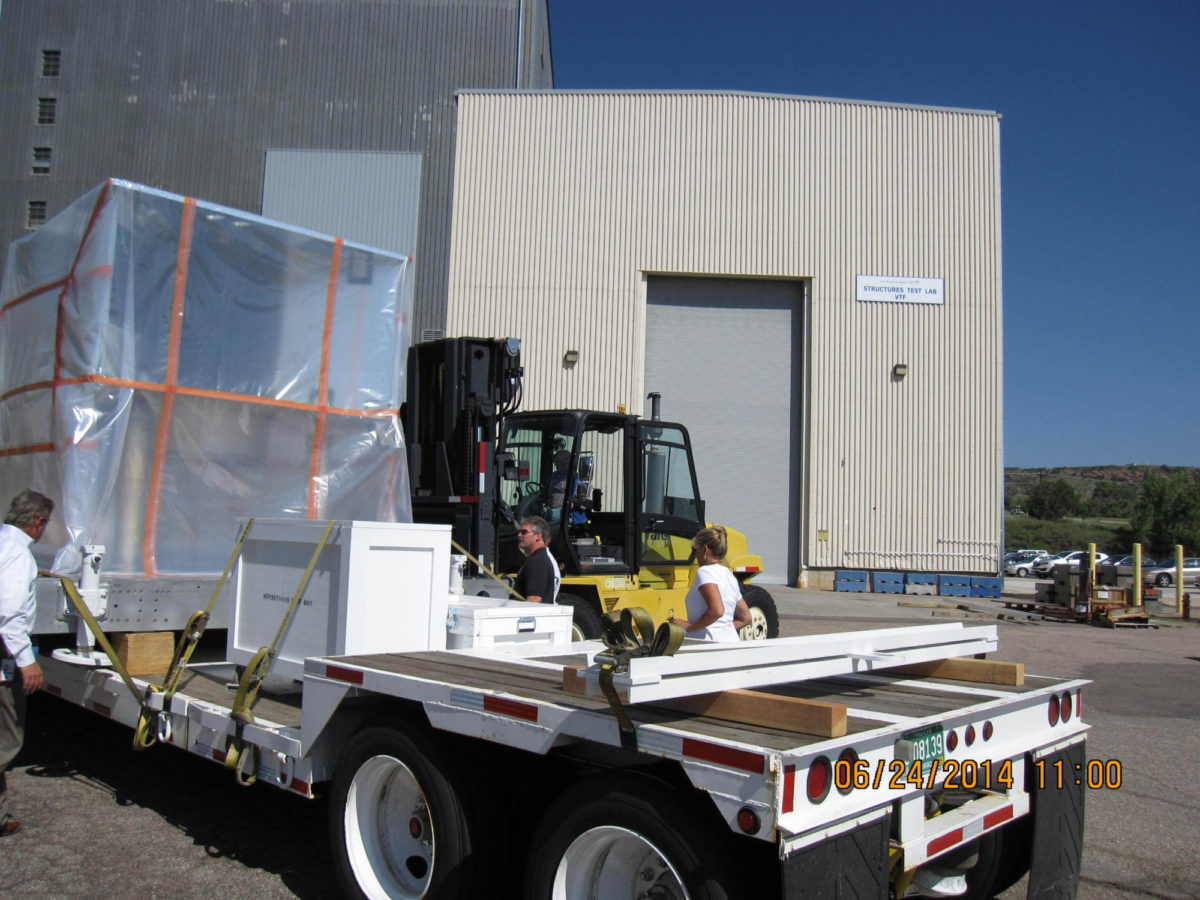
The static test went amazingly well. We now have confidence that the structure can handle the launch loads for our baseline mission design, which defines the minimum amount of fuel needed to get to Bennu and back. In addition, we made sure to test the structure for the loads associated with a full fuel tank, ensuring that we will have some extra propellant to handle unforeseen circumstances while in space.
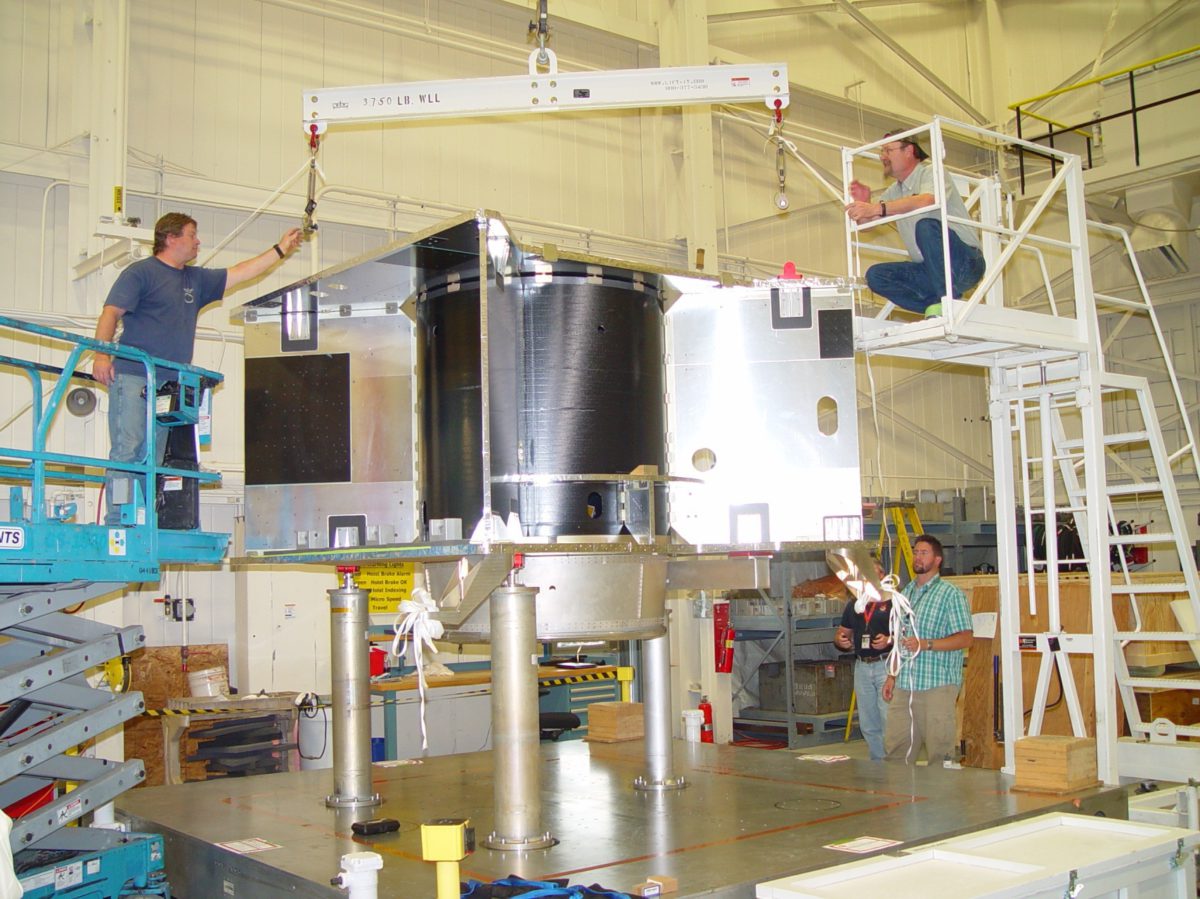
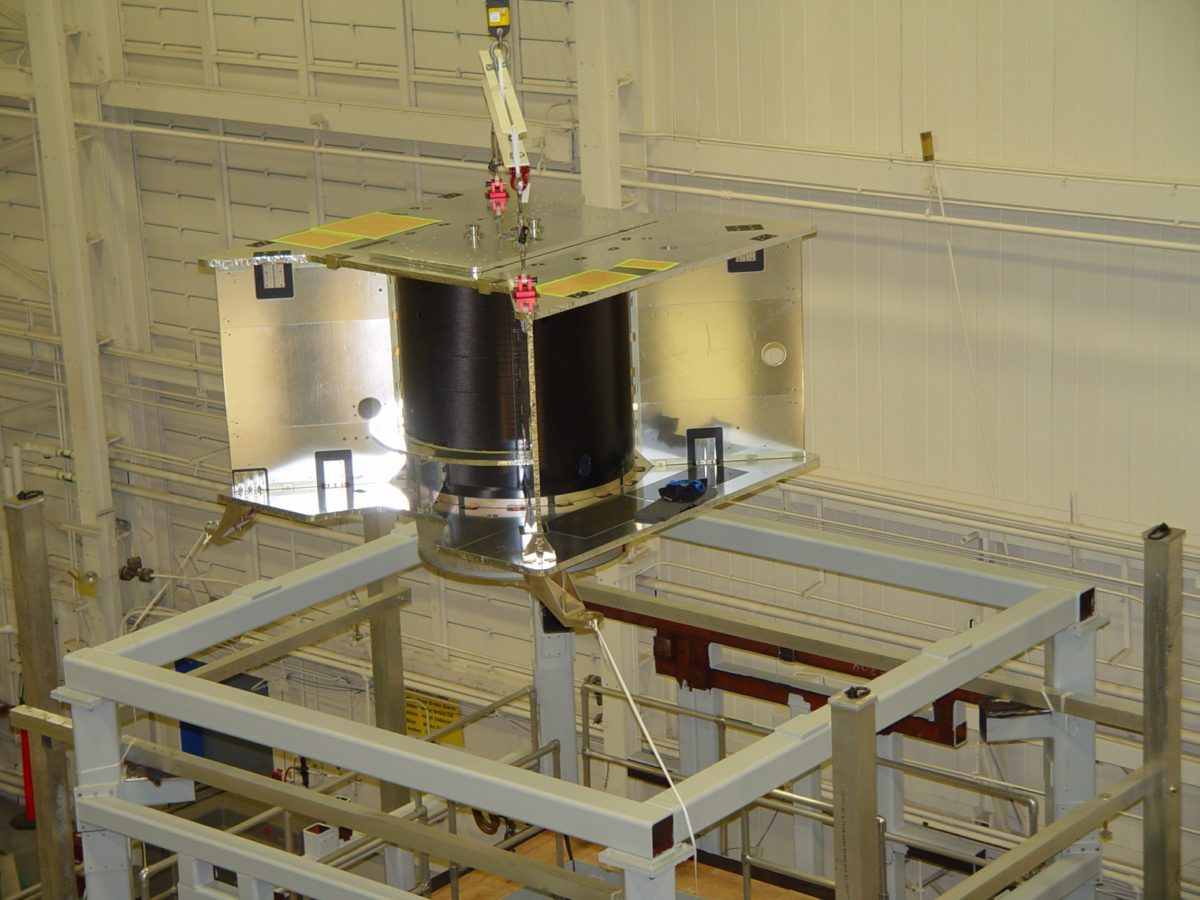
Now that the static test is complete the next steps are to complete the test paperwork, which includes the close out procedures and the final test report, and continue the hardware build by adding special inserts, brackets, and the secondary structure components. The spacecraft has been transported out of the static test lab and is now in the high bay where it will reside until system assembly is complete and ready for more extensive environmental testing. We are now waiting for the propulsion system to arrive and begin its integration onto the structure. Stay tuned for details of this next step in the development of OSIRIS-REx.
The Time is Now.
As a Planetary Defender, you’re part of our mission to decrease the risk of Earth being hit by an asteroid or comet.
Donate Today

 Explore Worlds
Explore Worlds Find Life
Find Life Defend Earth
Defend Earth

